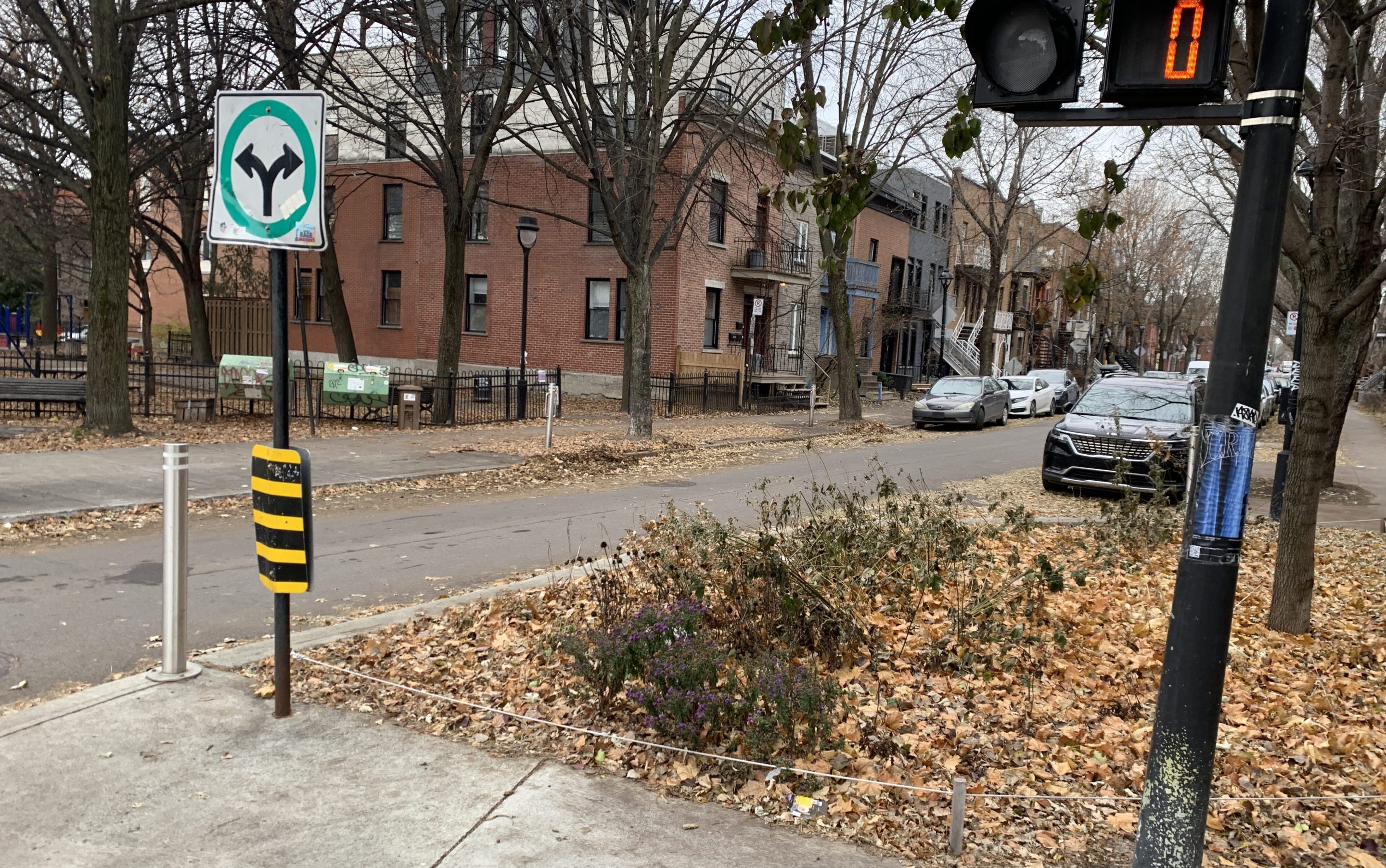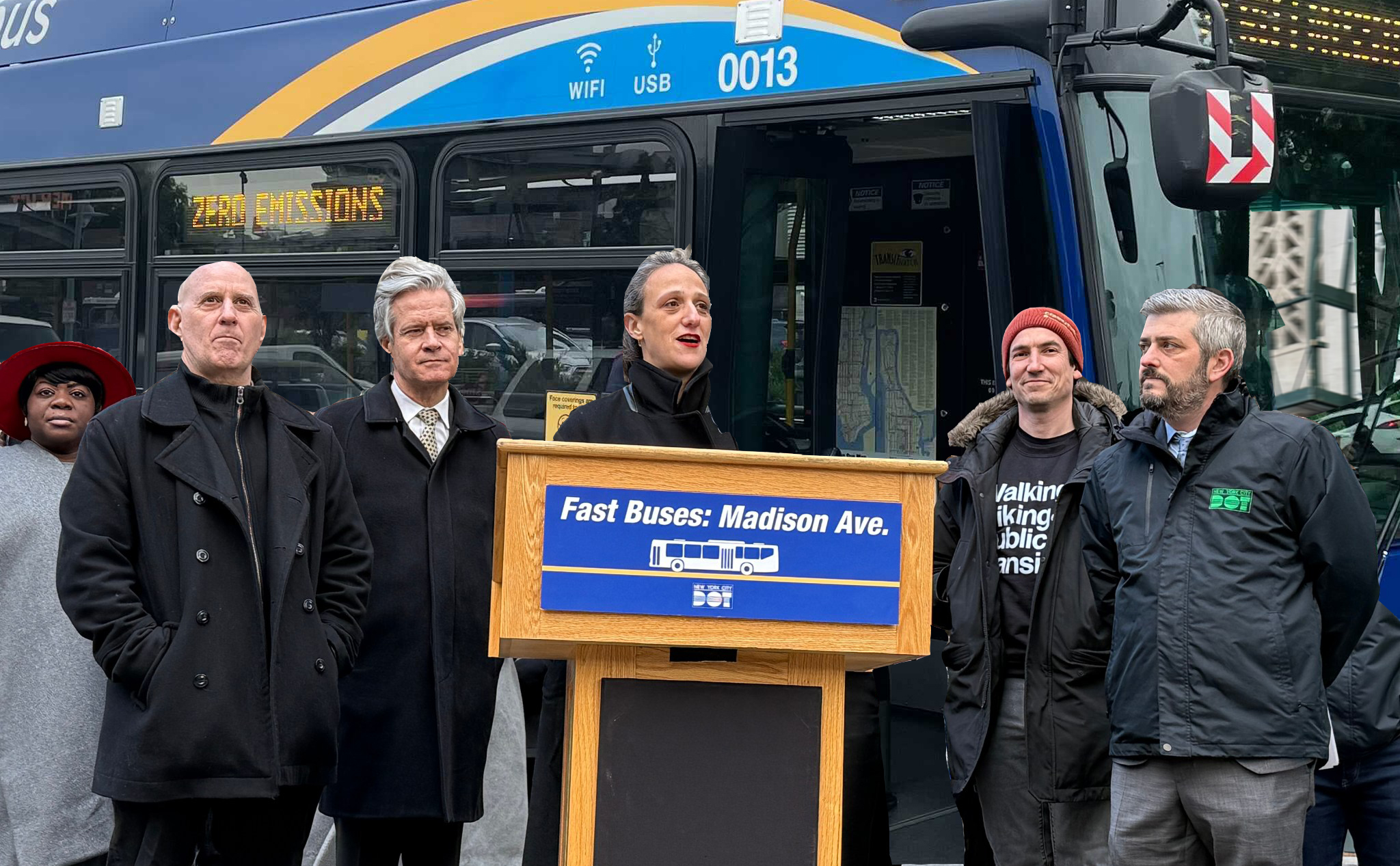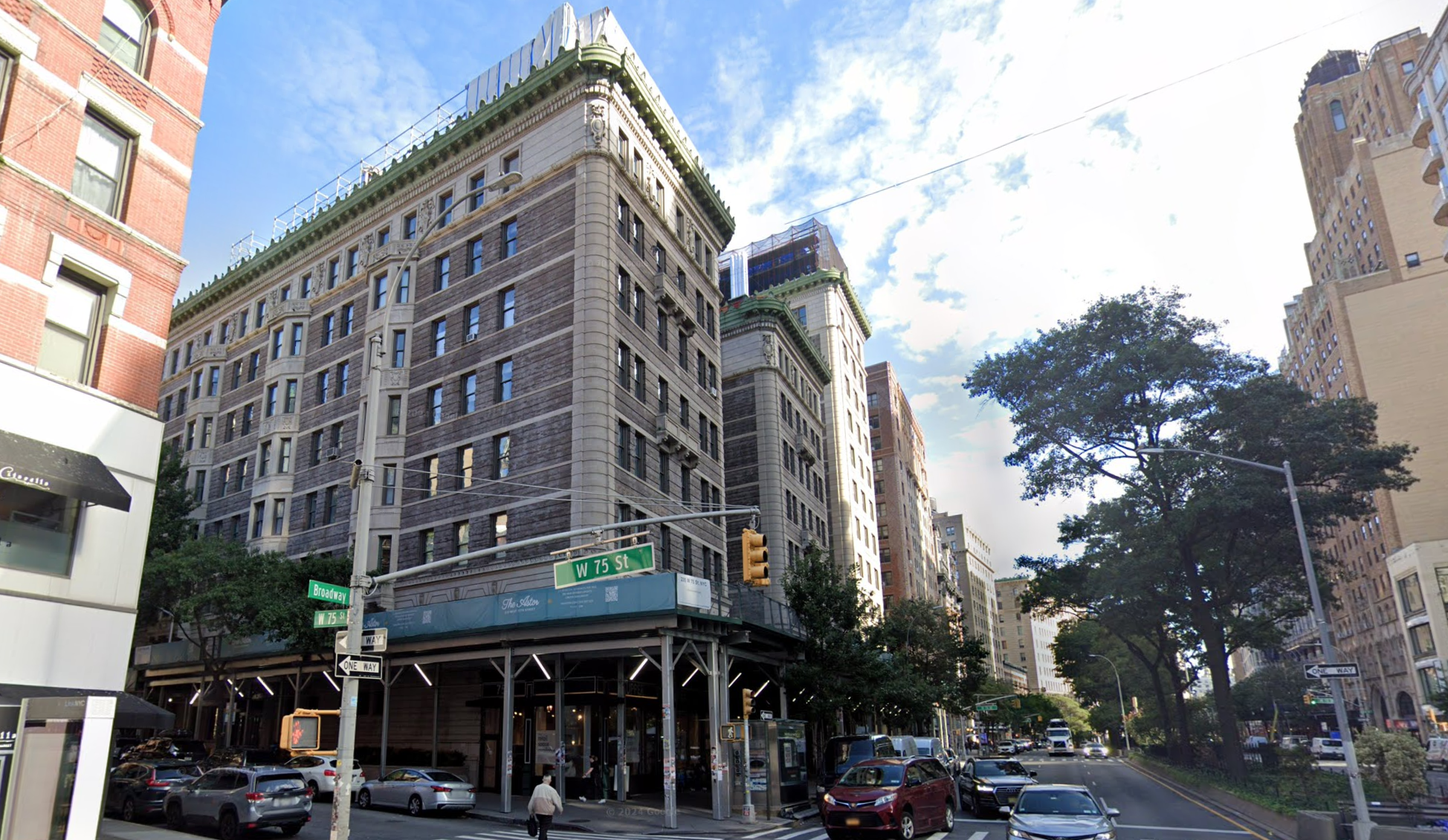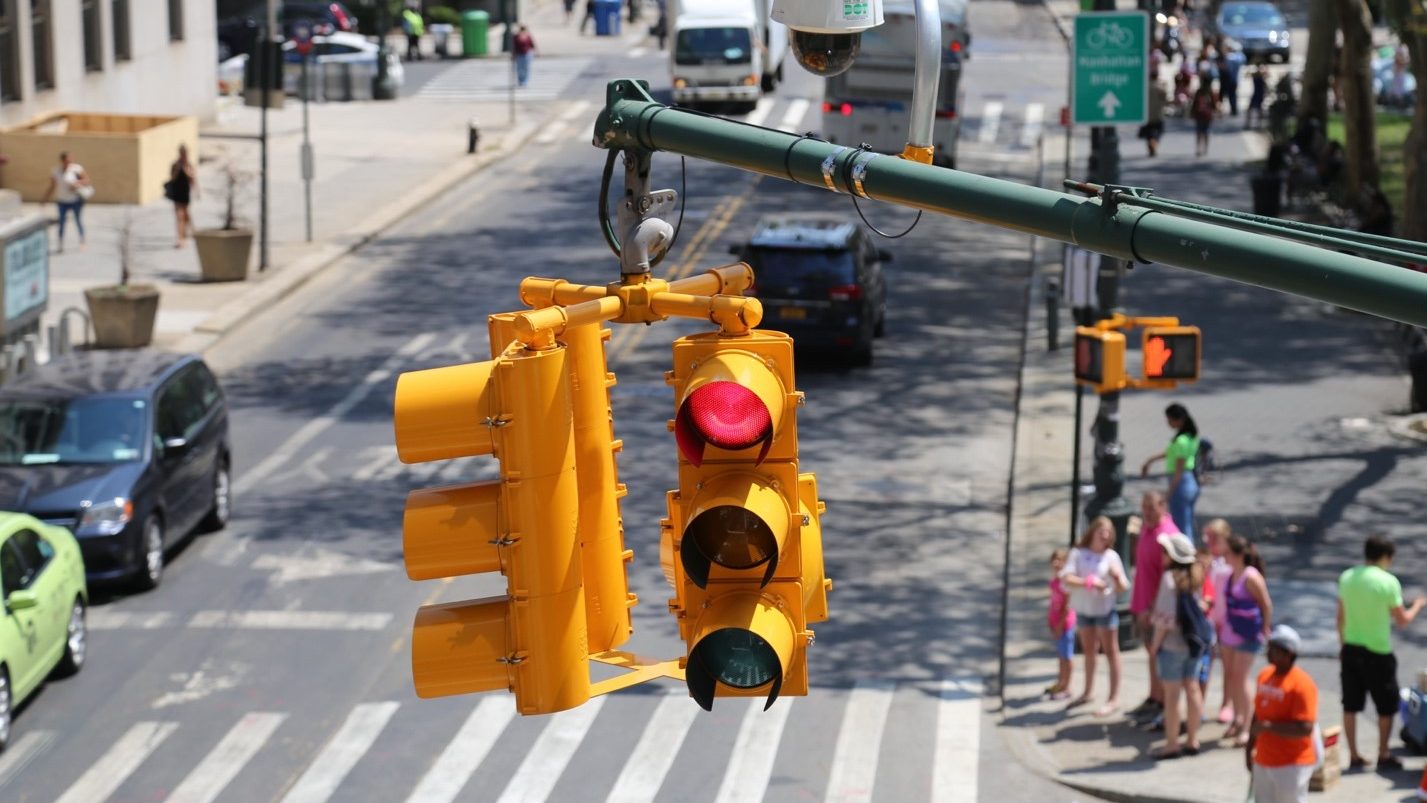Let there be (day)light!
A pod of Brooklyn elected officials joined citizen demands that the Department of Transportation to replace parking spots near intersections with actual physical materials that create additional space and safe visibility at curbs for pedestrians.
"There have been far too many tragic crash fatalities and serious injuries from turning vehicles at intersections," City Council Member Shahana Hanif, Brooklyn Borough President Antonio Reynoso, Assembly members Marcela Mitaynes, Jo Anne Simon and Robert Carroll, and state senators Zellnor Myrie and Andrew Gounardes demanded of DOT in a letter sent on Tuesday.
"Take immediate action to improve safety at intersections across the city through universal daylighting with hardened materials such as boulders, planters, and bike corrals," the letter added.
In 2023, two gruesome instances of drivers killing children at corners with poor visibility spurred calls for the city to remove parking spaces at intersections to make them safer. In Astoria, 7-year old Dolma Naadhun was killed by a driver in February as she crossed at an intersection where drivers used to park all the way up to the curb cut with impunity. And in Fort Greene, 7-year-old Kamari Hughes was killed by the driver of an NYPD tow truck in October, cops said, again at a corner where drivers park and leave no visibility near a corner crosswalk.
The Magnificent Seven noted in the letter that the group was merely amplifying calls made by multiple community panels around the city, including Brooklyn Community Board 6, the Transportation Committee of Brooklyn CB1, Queens CB1, Queens CB6, Manhattan CB6 and Manhattan CB8, that the DOT remove parking spaces at intersections, give some space to pedestrians with more than just paint and that the city opt in to a law that prohibits parking within 20 feet of an intersection.
New York City has opted out of the state law banning parking next to intersections for years, with DOT Commissioner Ydanis Rodriguez saying that daylighting was "not the right solution everywhere" and that the needed physical materials for the treatment to work effectively. DOT has long held that daylighting without physical barriers can encourage drivers to cut the corner on turns.
In calling for the city to stop exempting itself from the law, the seven elected officials pointed out that the city could take advantage of federal infrastructure money to get the actual planters, bike racks, boulders and concrete that makes daylighting work.
"In a city where the Vision Zero initiative is in place, we should be leading the way forward to safer streets for every community, not continuing to exempt ourselves from common sense state legislation and ignoring dangerous intersections. To that end, New York City should exercise all efforts to maximize funds through the Bipartisan Infrastructure Law, which established the Safe Streets and Roads for All grant program providing $5 billion in funding over a five-year period to fund regional and local initiatives to prevent roadway deaths and serious injuries," the legislators wrote. (It's not as if the Adams administration doesn't know about Safe Streets and Roads for All; late last year, the city got nearly $30 million from that very program to make Queens Boulevard safer.)
Reynoso also signed onto a letter calling for these efforts in November last year with six other Brooklyn elected officials — Rep. Nydia Velazquez, Council members Lincoln Restler and Jennifer Gutierrez, state senators Julia Salazar and Kristen Gonzalez and Assembly Member Emily Gallagher.
Members of the community boards pushing for the changes are happy to see the ball getting picked up by elected officials.
"We're obviously happy about it, because community boards can be used to build consensus, and historically they've not been used to build the greatest consensus on street safety," said Brooklyn Community Board 6 District Manager Mike Racioppo.
Partly in response to the growing chorus, Mayor Adams has promised to daylight 1,000 intersections in 2024 — going further than a Council requirement, passed last year, mandating 100 daylighted intersections per year starting in 2025. Still, even if the city kept up Adams's pace, it would take almost 50 years to daylight every intersection in New York.
It's work that has to be done, and done fast though, as city data shows 55 percent of pedestrian traffic deaths and 79 percent of injuries occur at intersections. In contrast, there has not been a traffic death in the city of Hoboken since 2017, thanks in part to aggressive efforts to daylight intersections with physical barriers.
"When we did our resolution, there was positive reinforcement from parents saying I have a stroller and the idea that you have to push it out at a corner and look to see to cross the street, that seems worth it to me to say, 'Hey, maybe this shouldn't be a parking space,'" said Racippo.
The mayor and Rodriguez have not specified whether those intersections will prohibit parking with the use of physical materials or if the DOT will merely throw down some paint and hope for the best. The DOT has done the latter in places like Fourth Avenue in Brooklyn and the results have not been ideal.
This intersection on BK’s 4th Ave is “daylighted” on paper but since it routinely hosts parked SUVs & work by the adjacent body shop, drivers, cyclists & pedestrians proceeding legally cannot see each other. Whether this is more paint or physical installations matters a lot https://t.co/6Fp4aW3cQA pic.twitter.com/1PMYQMMA0q
— Jon Orcutt (@jonorcutt) November 30, 2023
Other New York City residents aren't waiting to see what Adams and Rodriguez will do with the 1,000-intersection promise, opting to try to change DOT policy on their own.
Hells Kitchen resident Jehiah Czebotar recently attempted to use the city's rule-making process to his advantage, since the City Charter allows for citizens to petition for rule changes at city agencies. Czebotar submitted a petition that created specific daylighting rules that, if the agency accepted them, the DOT would have to follow going forward.
However, the DOT is allowed to reject rule petitions, which is what it did with Czebotar's idea. The agency replied that the rule change was unnecessary because of Adams's commitment to daylight 1,000 intersections this year, and also snottily added that "DOT is committed to evidence-based daylighting initiatives."
Czebotar called the rejection "unfortunate" as it means the city is still stuck in a decades-long process to finally make truly safe intersections.
"It's unfortunate DOT is not willing to act to create universal daylighting as the National Association of City Transportation Officials recommends and many community boards have demanded," he said. "DOT has an opportunity to lead with the stroke of a pen but is choosing to draw out street safety improvements over decades one corner at a time exactly when they are failing to meet targets for physical infrastructure changes."
A spokesperson for the DOT said the agency would review the letter.
"This administration is using every tool available to implement safer street designs, including a historic commitment to improve visibility at 1,000 intersections each year through daylighting," said DOT spokesperson Mona Bruno. "We will review the requests outlined in this letter."






